Did you know that you and your lover are capable of generating more than 70 trillion unique individuals between you? This diversity is generated by combining a randomly chosen half of your 46 chromosomes—the strings of DNA and protein that make you the person you are—with a randomly chosen half of your partner’s 46 chromosomes, for a multiplicity of possible arrangements.
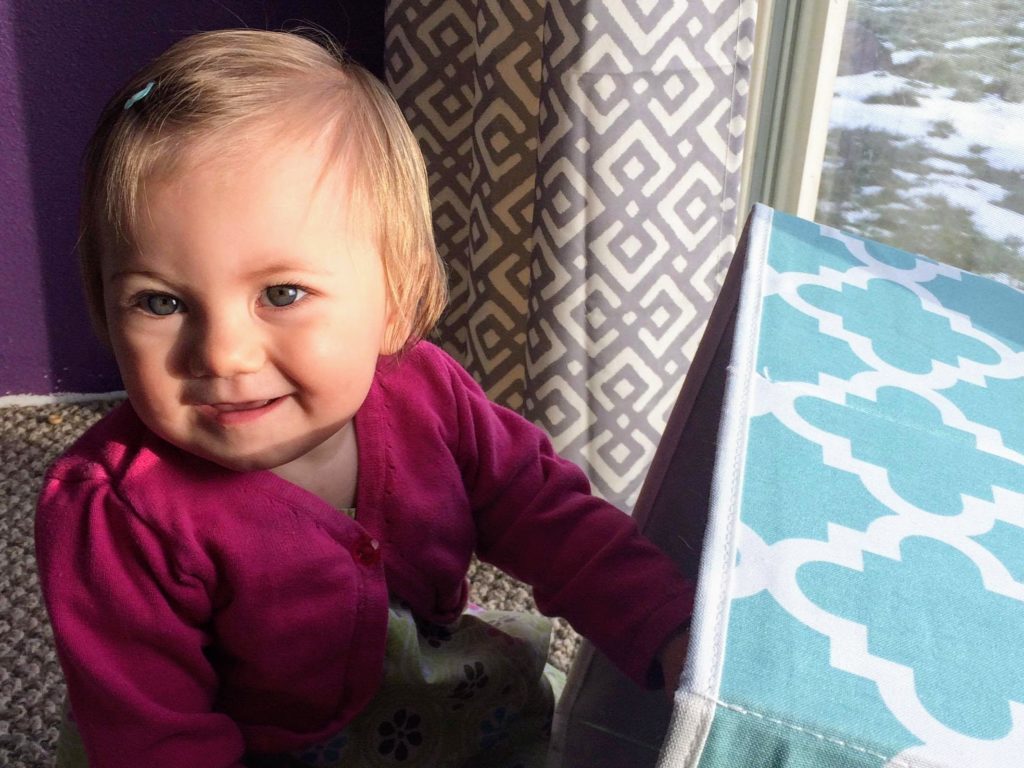
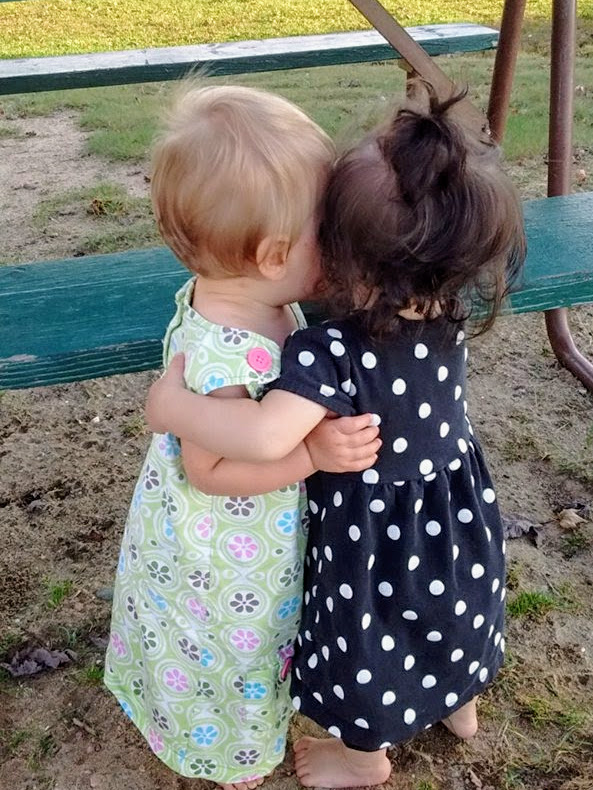
Only not quite randomly. The individual you conceive between you must have 23 matching chromosome sets to be a normal, healthy individual. So a chromosome 1 from Mom is paired with a chromosome 1 from Dad, and so on for a full set of 23 pairs. The two chromosomes in a chromosome set are basically the same, but with variations in some of their genes (and there are thousands of genes in each chromosome). These variations make up the huge diversity we see when we look at people around us.
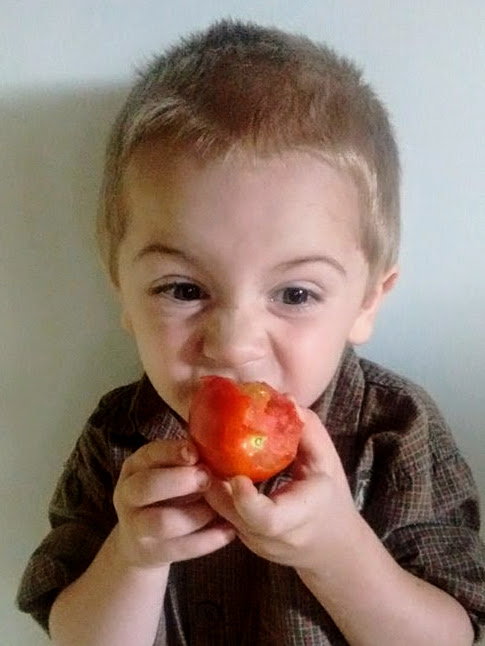
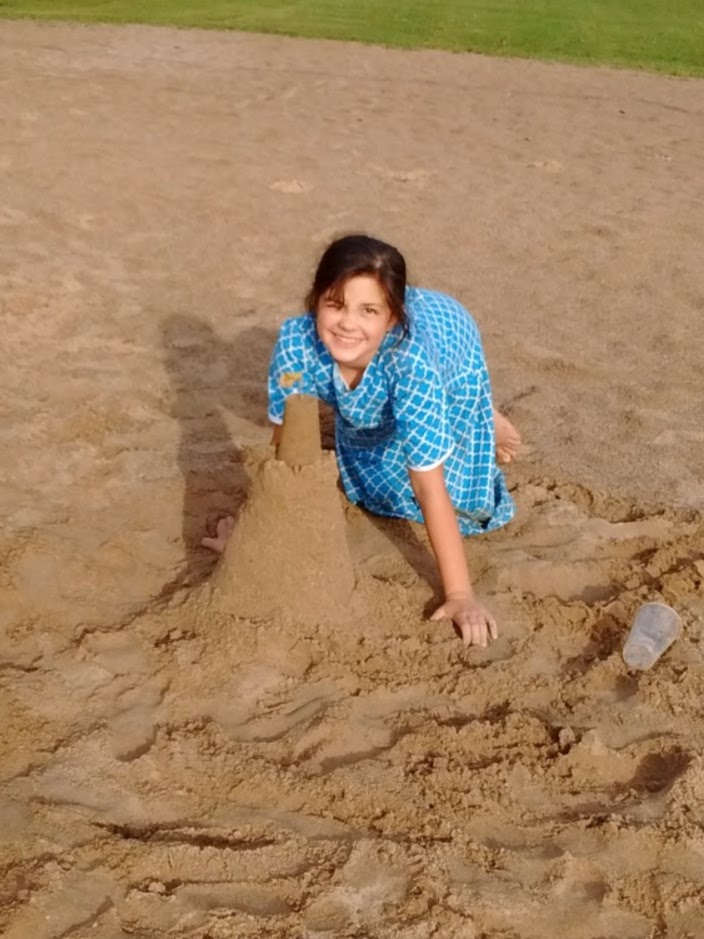
Since each parent contributes only 1/2 of their child’s set of chromosomes, the chromosome 1 contributed by Mom could have come to her from her own mom or from her dad, since both contributed to her genes. And the chromosome 1 contributed by Dad could have come from either one of his parents. Chromosome 2 could have contributions from an entirely different set of grandparents, and Chromosome 3 could have yet a different mix. There are an astounding 70 trillion possible arrangements for the 23 chromosome pairs.
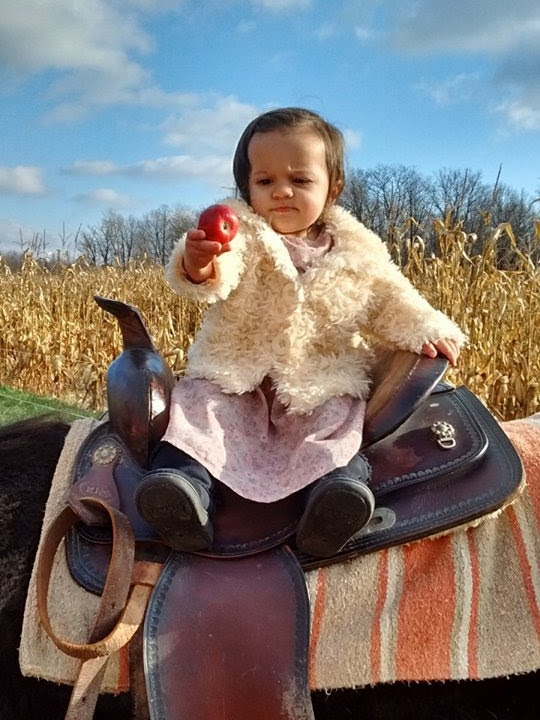
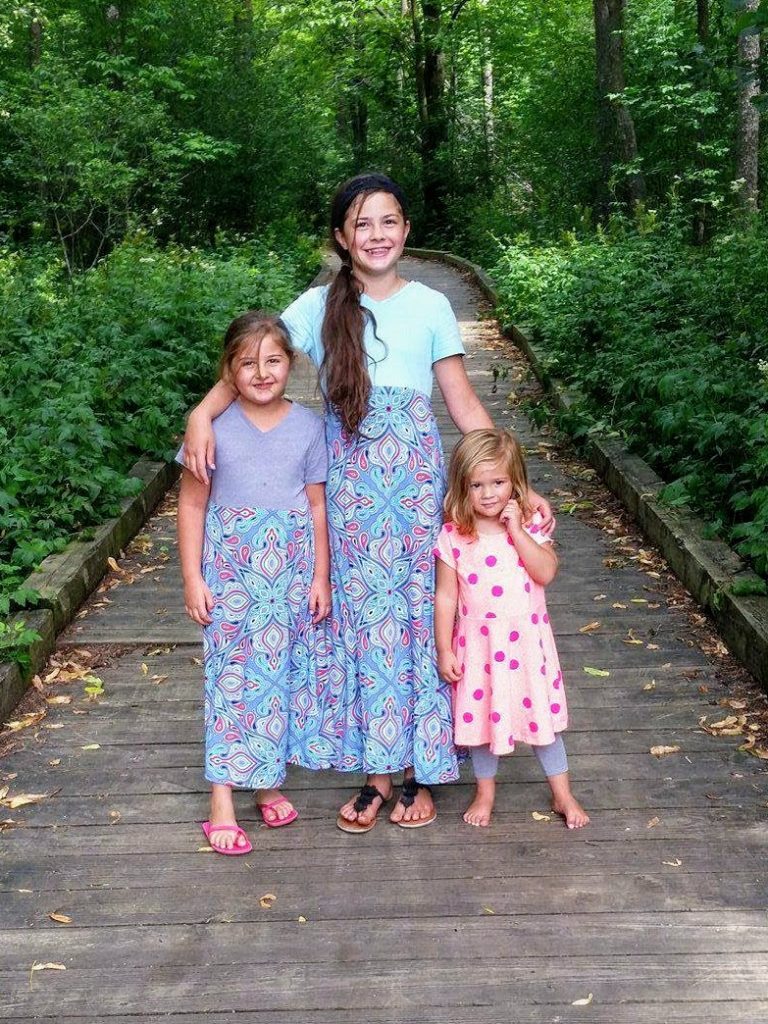
Add to that complexity a genetic mechanism called cross over, when each person’s chromosome pairs exchange same-yet-different genes between themselves very early in the sexual reproduction cycle, before fertilization ever happens. Because of cross-over, brand new chromosomes never before seen on the face of this earth (or so says my biology teacher) are formed even before mating begins.
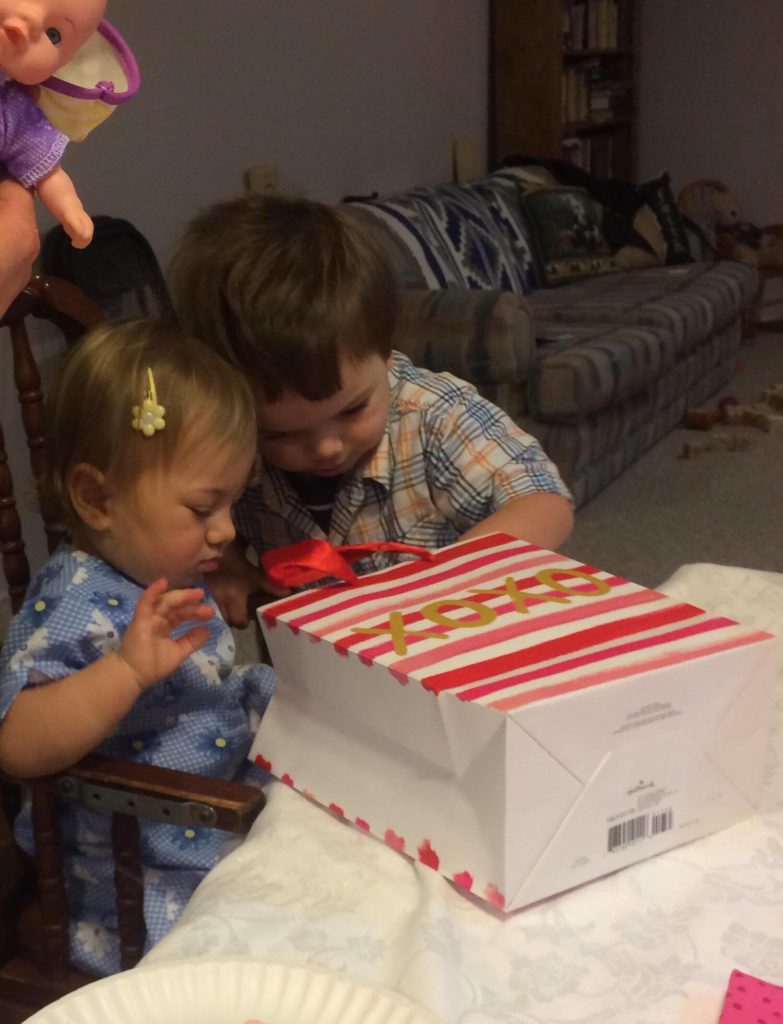
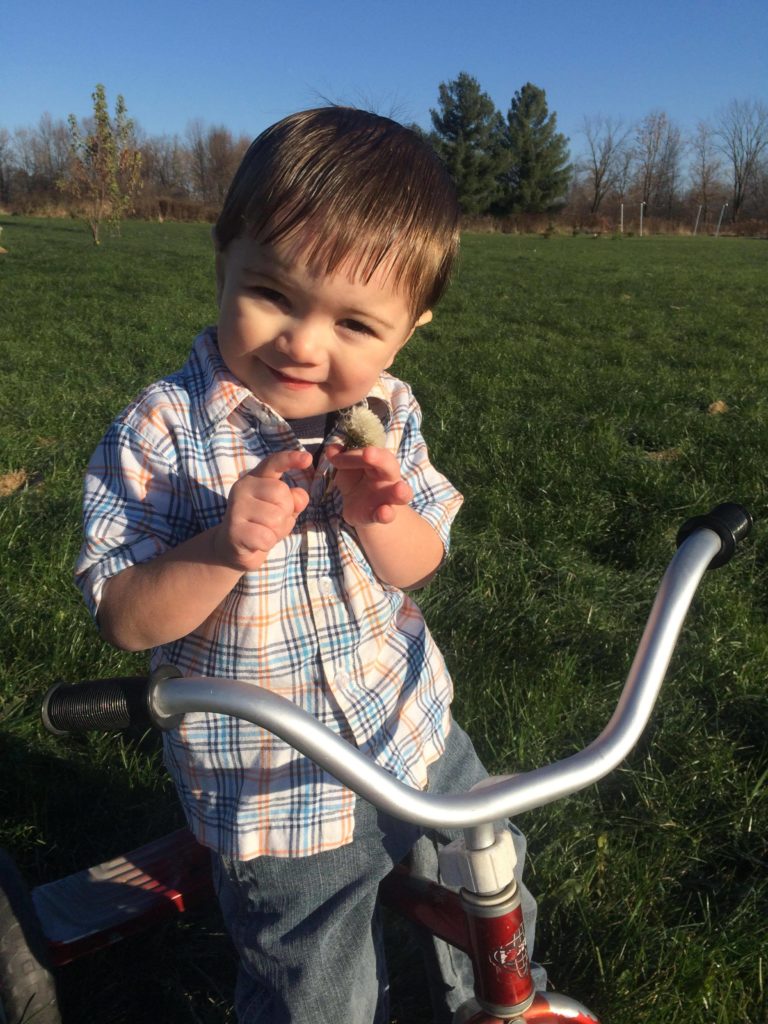
This means, with cross over figured in, that you and your lover can generate not just 70 trillion genetically unique individuals (small number that!) but an almost limitless amount.
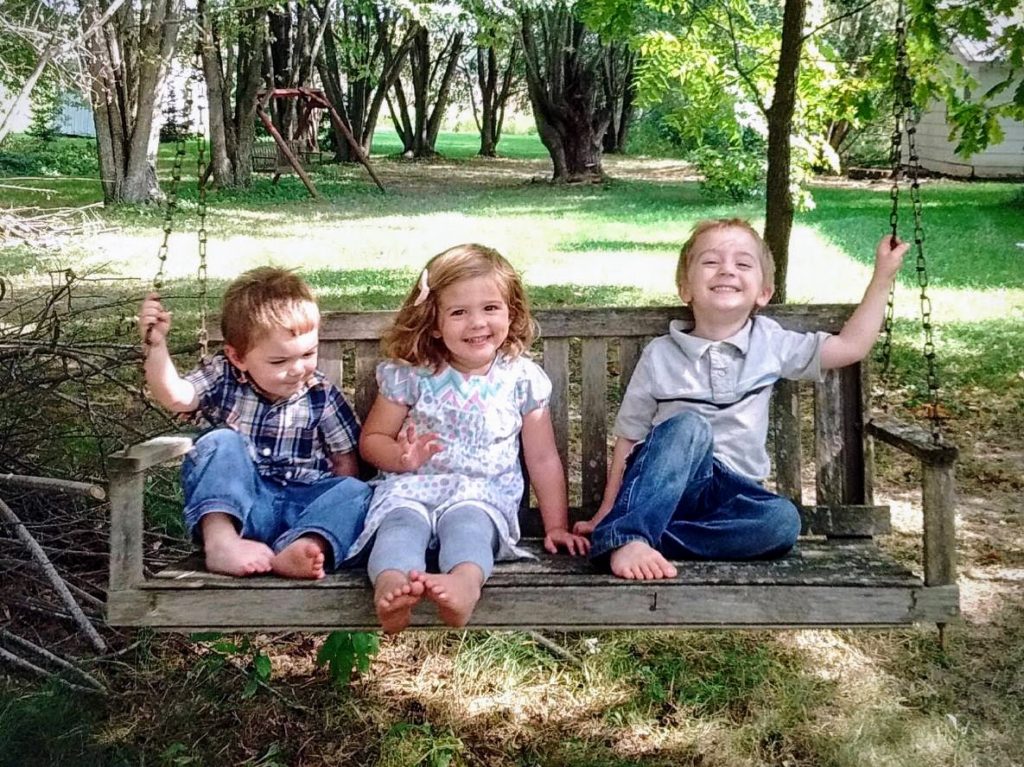
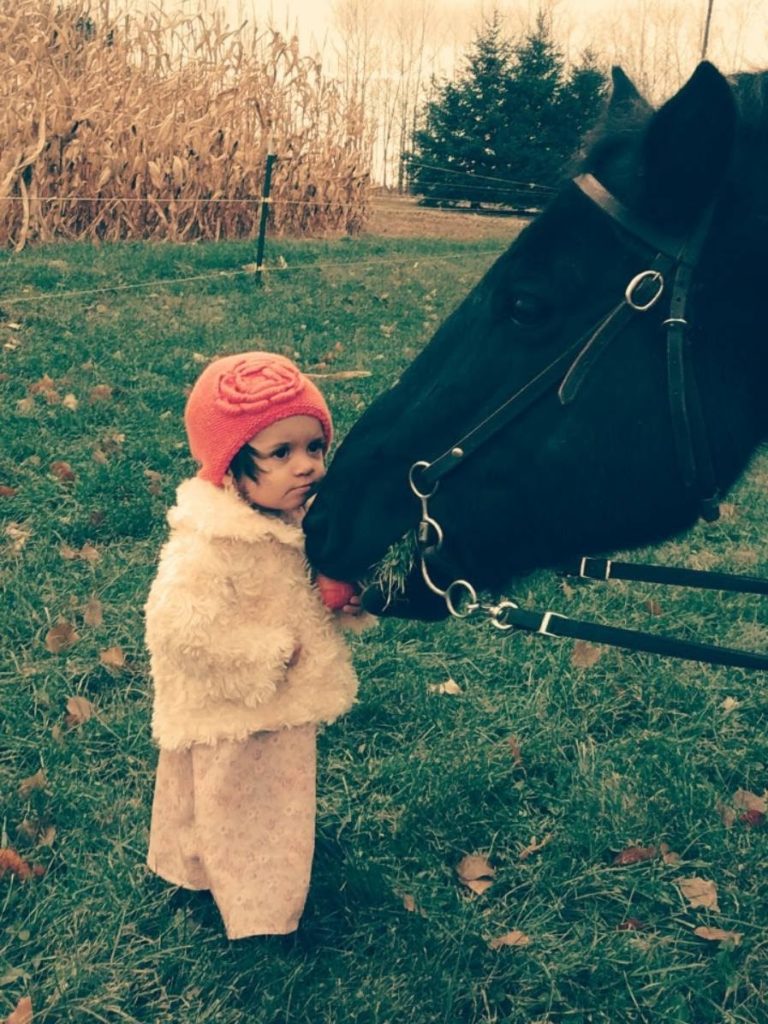
From this limitless variety that could have been generated by your parents, you were born. And from the limitless variety that could be generated by you and your lover, your child is conceived.
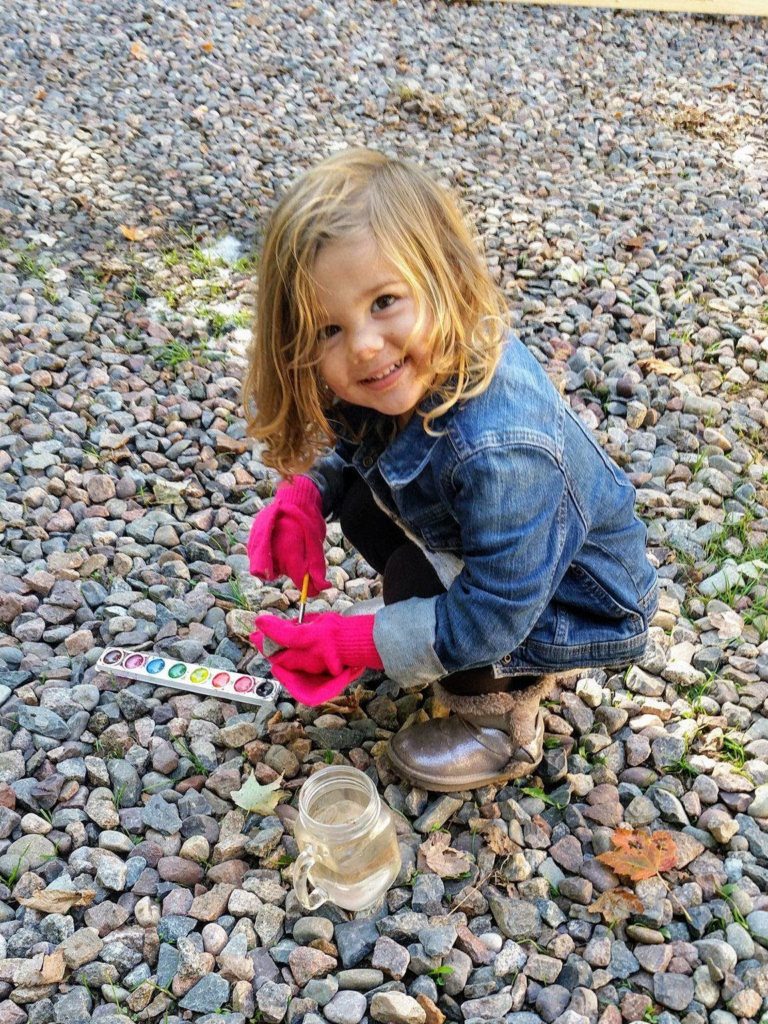

It gives a whole new sense to the meaning of special.

*The information in this post was taken from my biology textbook, Human Genetics: Concepts and Applications, by Ricki Lewis.

Lucinda — The photographs are beyond precious!
Precious, for sure!
Yes, this blog really does give a whole new sense of the meaning special :) I should forward this to my niece who had her 9th child and she finally has a girl after 8 boys.:) I enjoyed the pictures of the different children :) Keep writing
She can blame that on her husband who contributes the Y chromosome. ;) Yes, learning more about the scientific complexity of the normal mechanisms of life we don’t even think about knocks my socks off. We have an awesome God.
There will be no babies, unique or otherwise, if people are unwilling to partner…
Very true. Lol
Thanks for this reminder, in the midst of an ordinary day, of how miraculous and precious is our world and its inhabitants.
Cute faces accompanied by a biology lesson, very special!
No wonder Adam and Eve could produce so many different looking offspring!
I know, right? And the “racial” differences like hair and skin color that seem so big to us are genetically tiny. They are not as genetically significant as some of the differences between people in the same “race.”
There are some astoundingly cute genes in your family!!!:):):)
Oh those children are so cute! They are fearfully and wonderfully made!
Pingback: There's Been a Death in the Family, Sir - Lucinda J Kinsinger